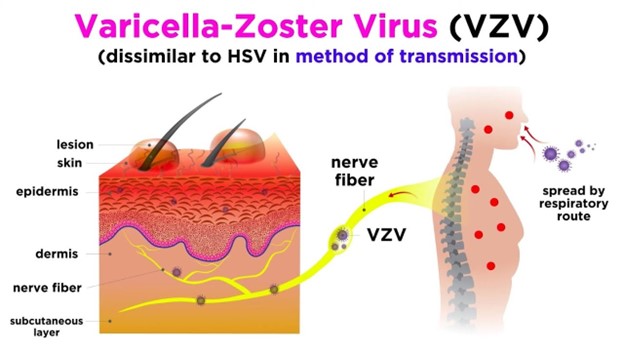A nurse working in a mental health facility is caring for a client who is pacing back and forth in the day room while wringing their hands. Which of the following actions should the nurse take?
Ask the client if they would like to watch television.
Use short, simple sentences when speaking with the client.
Allow the client to have 1 hr of time alone in their room.
Move the client to a table where other clients are playing cards.
The Correct Answer is B
By using short, simple sentences, the nurse can effectively communicate with the client who is exhibiting signs of agitation and anxiety. This communication style can help reduce stress and confusion for the client and promote understanding.
Asking the client if they would like to watch television: While providing options for activities can be beneficial, it is important to address the client's current state of agitation and anxiety before suggesting any specific activities.
Allowing the client to have 1 hour of time alone in their room: While some clients may prefer solitude, in this case, the client's pacing and hand-wringing indicate signs of distress and may require therapeutic interventions rather than isolation.
Moving the client to a table where other clients are playing cards: This option may not address the client's current state of anxiety and pacing. Placing the client in a social setting with other clients might increase their distress and agitation.
Nursing Test Bank
Naxlex Comprehensive Predictor Exams
Related Questions
Correct Answer is ["A","C"]
Explanation
Varicella zoster is highly contagious, and airborne precautions should be implemented. Assigning the client to a negative pressure airflow room helps prevent the spread of the virus to others by containing and filtering the air within the room.
In addition to airborne precautions, contact precautions should also be implemented. This includes using gloves and gowns when providing care to the client to minimize direct contact with infectious materials.

The other options listed are not appropriate interventions for a client with varicella zoster: While it is important to minimize close contact with an infectious client, varicella zoster is primarily transmitted through airborne droplets. Visitors should follow the appropriate precautions, such as wearing masks and adhering to hand hygiene, rather than just maintaining a certain distance.
Aspirin should not be given to clients with varicella zoster, especially children, due to the risk of developing Reye's syndrome. Reye's syndrome is a rare but serious condition that can cause swelling in the liver and brain. Acetaminophen (paracetamol) is typically recommended for managing fever in clients with varicella zoster.
Correct Answer is C
Explanation
a.Applying the restraint under the client's clothes: Restraints should be applied over the client's clothes to avoid direct skin contact and reduce the risk of skin irritation or injury.
b.Tying the restraint to the railing of the client's bed: Restraints should not be tied to bed rails or any other fixed objects. This can increase the risk of injury to the client and should be avoided.
c.Placing the client in a sitting position is appropriate when applying a belt restraint, as it helps prevent respiratory compromise and allows the client to maintain a safer and more comfortable posture.
d.A belt restraint should be placed around the client's waist, not across the chest, to avoid restricting breathing.

Whether you are a student looking to ace your exams or a practicing nurse seeking to enhance your expertise , our nursing education contents will empower you with the confidence and competence to make a difference in the lives of patients and become a respected leader in the healthcare field.
Visit Naxlex, invest in your future and unlock endless possibilities with our unparalleled nursing education contents today
Report Wrong Answer on the Current Question
Do you disagree with the answer? If yes, what is your expected answer? Explain.
Kindly be descriptive with the issue you are facing.
